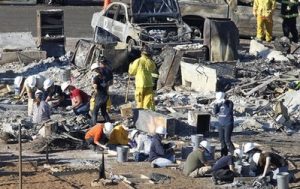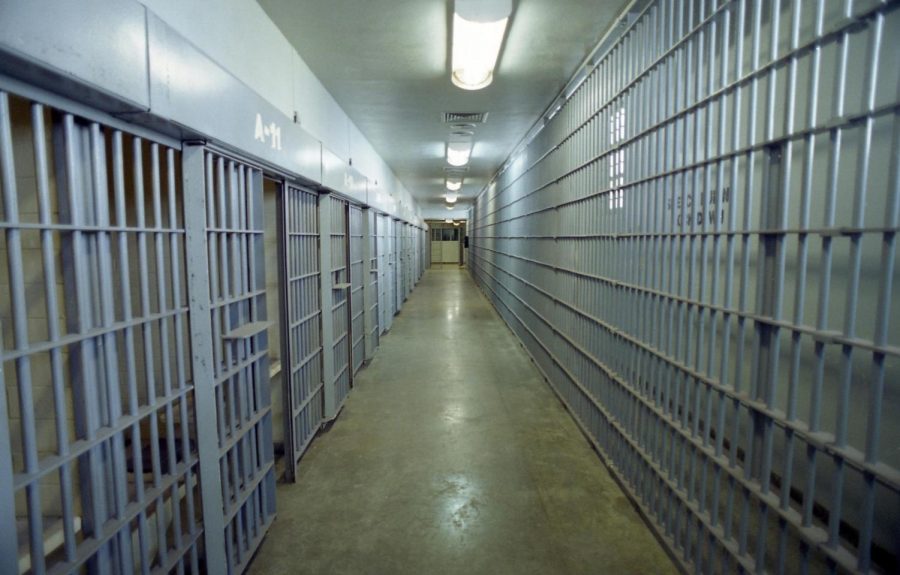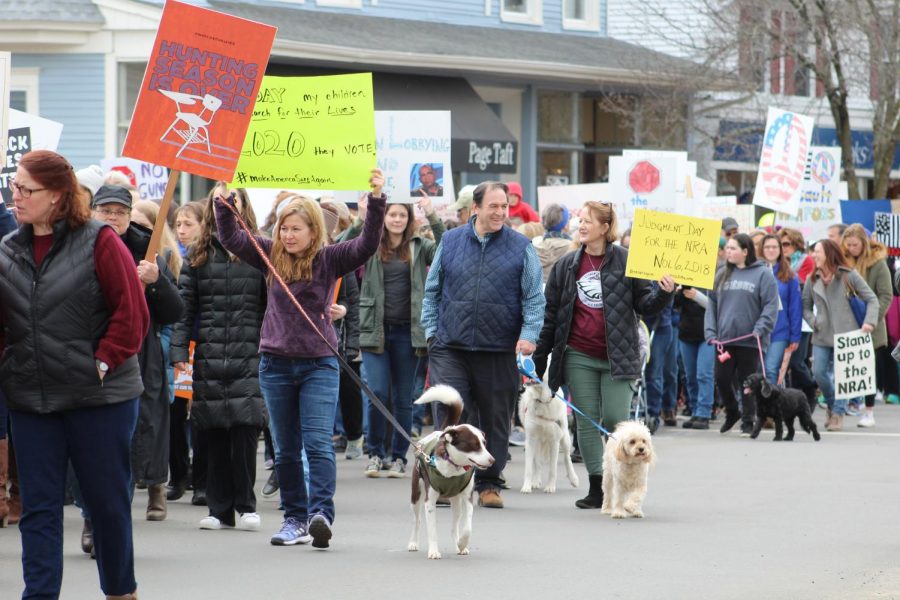SAN BRUNO, Calif. – Patrick Yu has had nightmares and headaches since a fireball from a natural gas explosion caused his ceiling to crash down next to him while he slept.
He was one of many residents who returned to the ruined hillsides of their suburban San Francisco neighborhood Sunday after Thursday’s pipeline blast and fire destroyed nearly 50 homes and damaged dozens of others.

The explosion prompted California regulators to order the utility, Pacific Gas and Electric, to survey all its natural gas lines in the state in hopes of heading off another disaster.
Yu said he crouched in the doorway after the blast, thinking he was in the middle of an earthquake. When the shaking subsided, he found that the heat had warped the door so much he had to pull with all his strength to get out of the bedroom.
The 62-year-old learned Sunday that his house had been red-tagged, meaning it has extensive damage and will require closer inspection before authorities can declare it safe.
“I have lots of memories in that house,” Yu said. “Lots of stuff you can’t replace.”
A few blocks away, houses had collapsed into black and white debris on ground, with a smell like charcoal in the air. All that remains standing is a row of brick chimneys, while across the street, some homes are undamaged.
Authorities were still working Monday to confirm how many people died.
The remains of at least four people have been found, and authorities have said four are missing and at least 60 injured, some critically. Two people reported missing after the blast were located Sunday, city spokeswoman Robyn Thaw said.
San Mateo County Coroner Robert Foucrault said investigators were still trying to confirm whether some of the remains are human and identify victims.
Meanwhile, federal investigators were probing how the gas line was able to rupture, blowing a segment of pipe 28 feet long onto the street some 100 feet away and creating a crater 167 feet long and 26 feet wide.
Christopher Hart, vice chairman of the National Transportation Safety Board, said investigators want to speak with anyone who smelled gas in the days leading up to the blast, especially those who reported the problem to PG&E or any other officials. Hart said Monday that investigators have not yet seen any record of gas leak complaints.
“We’re pursuing those rumors, and we’ve obtained records — not only from PG&E but from other places where people might call. And so far, we have not been able to verify that anybody smelled gas and called it in,” Hart said.
PG&E spokesman Andrew Souvall said Sunday there had been no gas leak complaints to the utility’s call centers from the San Bruno neighborhood in the week leading up to the blast.
Hart said investigators also want to talk to residents who had noticed dead vegetation around the rupture spot, which can be a sign of a leak.
A risky segment of the gas line was due to be replaced, the utility responsible said, because it ran through a heavily urbanized area and the likelihood of failure was “unacceptably high.” That 30-inch diameter pipe a few miles north was installed in 1948 and slated to be swapped for new, smaller pipe.
PG&E submitted paperwork to regulators for ongoing gas rate proceedings that said a section of the same gas line about 2 1/2 miles away was within “the top 100 highest risk line sections” in the utility’s service territory, the documents show.
The company also considered the portion that ruptured to be a “high consequence area” requiring more stringent inspections called integrity assessments, federal Pipeline and Hazardous Materials Safety Administration spokeswoman Julia Valentine said.
Nationwide, only about 7 percent of gas lines have that classification, she said.
PG&E spokesman Andrew Souvall said the company had planned to replace the piece of the gas line mentioned in the documents with 24-inch pipe as a part of its broader proposal to upgrade infrastructure that the commission began considering last year.
He said the ruptured section, which was installed in 1956, was last checked for leaks in March. The company said later Sunday that no leaks were found.
The segment farther north was checked for leaks Friday and none was found, Souvall added.
“We take action on a daily basis to repair our equipment as needed,” he said. “PG&E takes a proactive approach toward the maintenance of our gas lines and we’re constantly monitoring our system.”
In ordering the company to conduct the leak survey on its natural gas lines, the state’s Public Utilities Commission said Sunday that PG&E must give priority to higher pressure pipelines, as well as to lines in areas of high population density.
The order came after Lt. Gov. Abel Maldonado asked the commission to order the utility company to conduct an integrity assessment of its natural gas pipeline system. Maldonado is serving as acting governor while Gov. Arnold Schwarzenegger travels in Asia.
The commission also plans to appoint an independent expert panel to help with their investigation.
Crews Monday prepared to ship to Washington a crate containing the 28-foot section of ruptured natural gas pipeline that was blown out of the ground. Also being shipped were two 10-foot sections of pipe removed from the crater Sunday from either side of where the ruptured section had been.
Investigators believed they had collected all the sections needed to reconstruct the metal pipeline but asked that anyone who found metal fragments in the blast area contact the NTSB.
Residents of destroyed or red-tagged homes waited anxiously Monday for more information on what would happen next, while the luckier ones settled back into the neighborhood.
Returning residents were wearing wristbands that show police they live in the area.
Pat and Roger Haro and their dog, Rosie, have been living in a hotel room since Thursday after fleeing their home with the clothes they were wearing, dog food, water and an iPad.
When they returned, their home was marked with a green tag — indicating less damage than others with yellow or red tags — and their electricity was still off.
“Once I saw the house was still there, then I felt a whole lot better,” Pat Haro said. “I think we’ll be a tighter community.”













